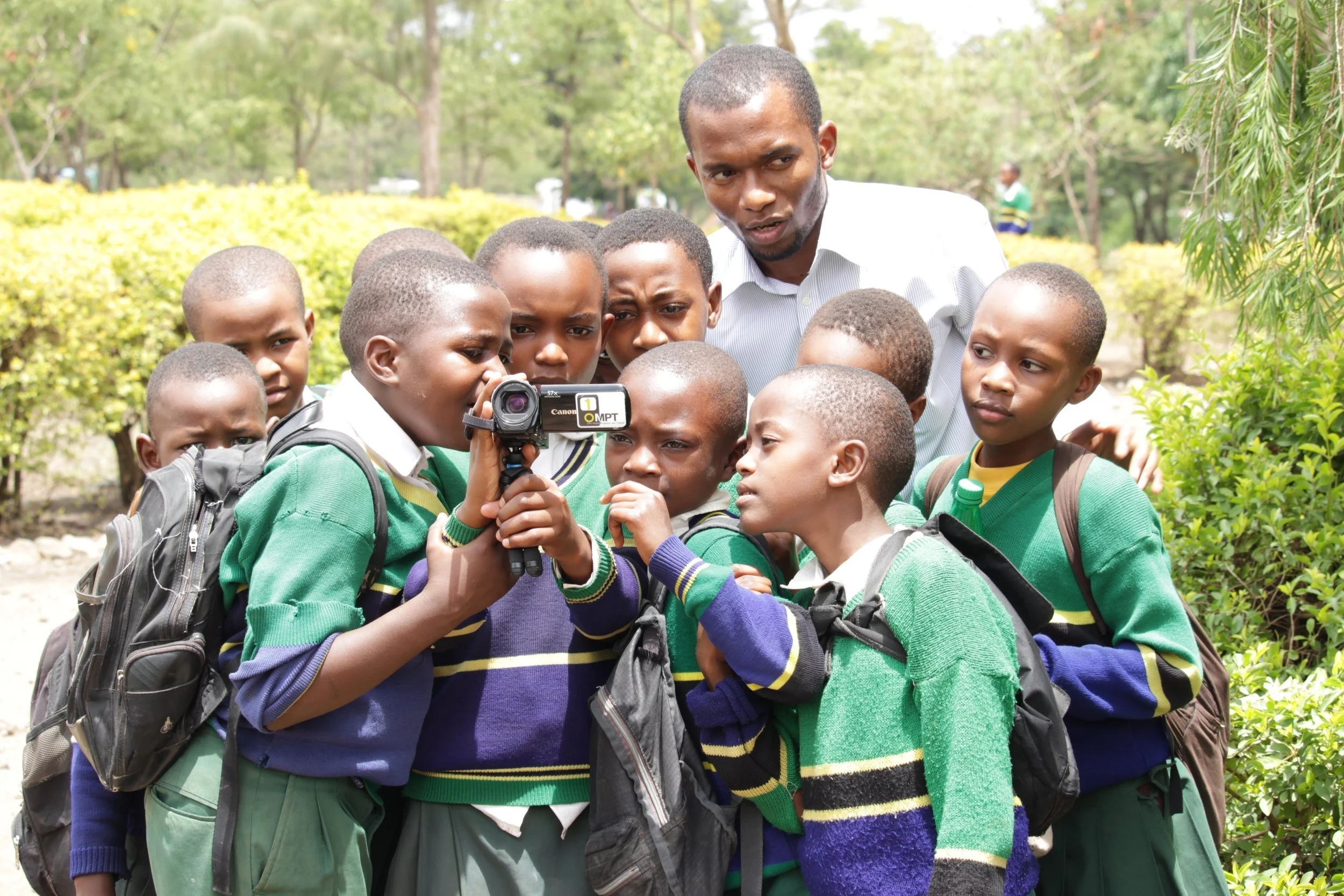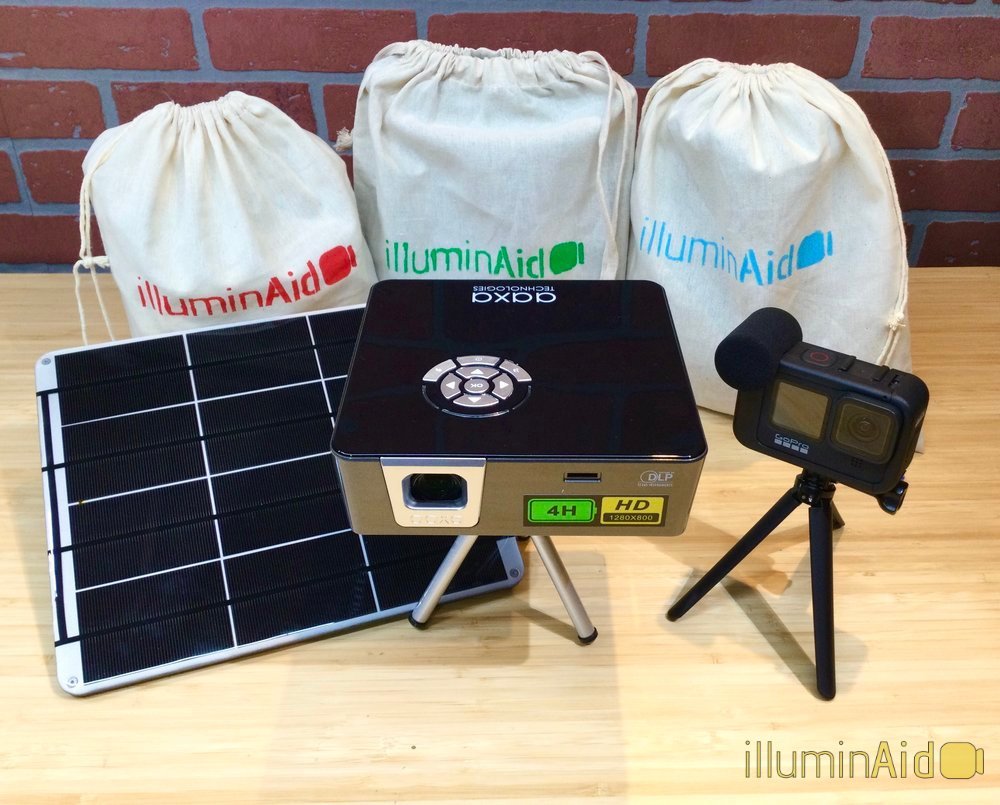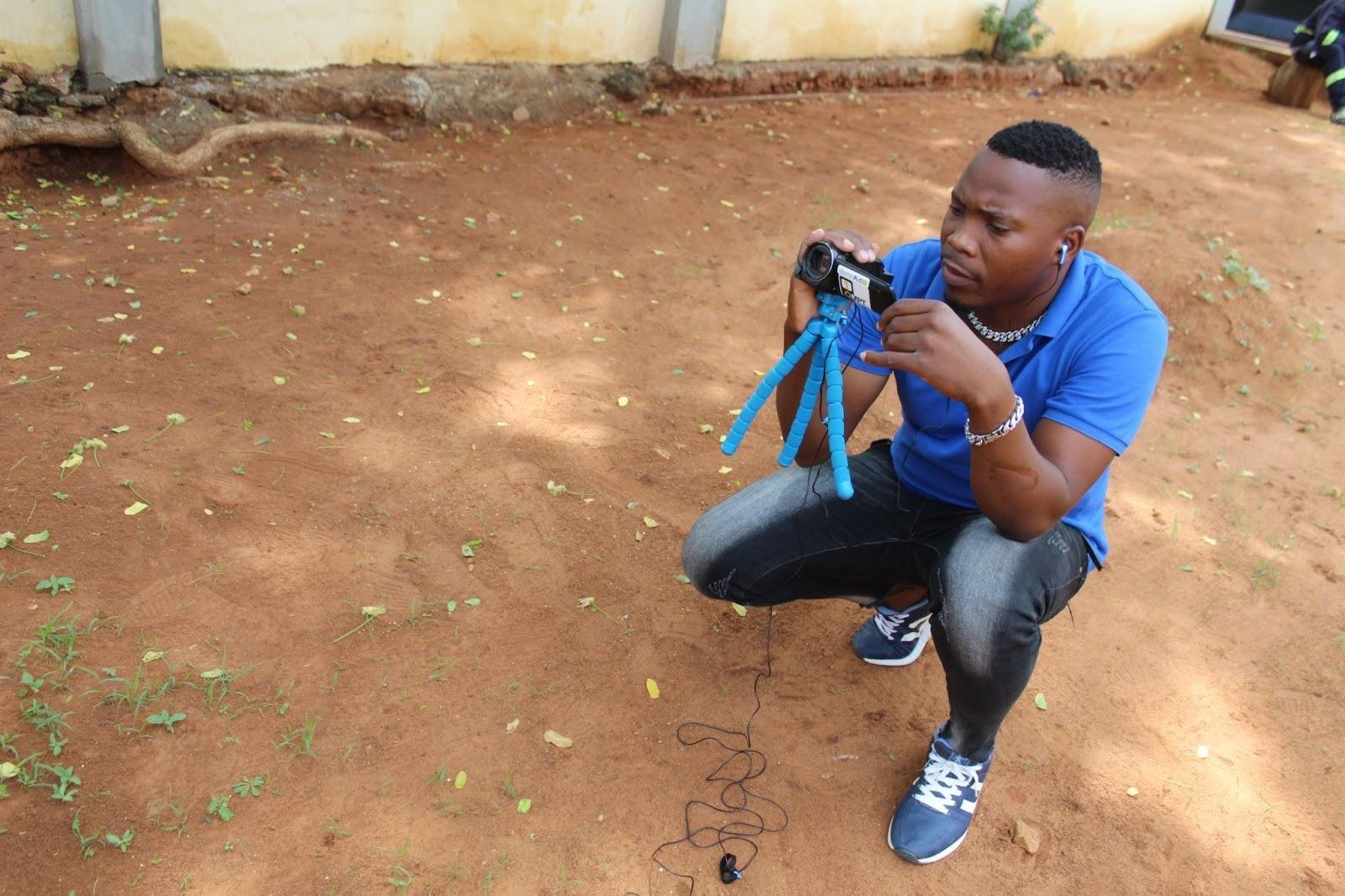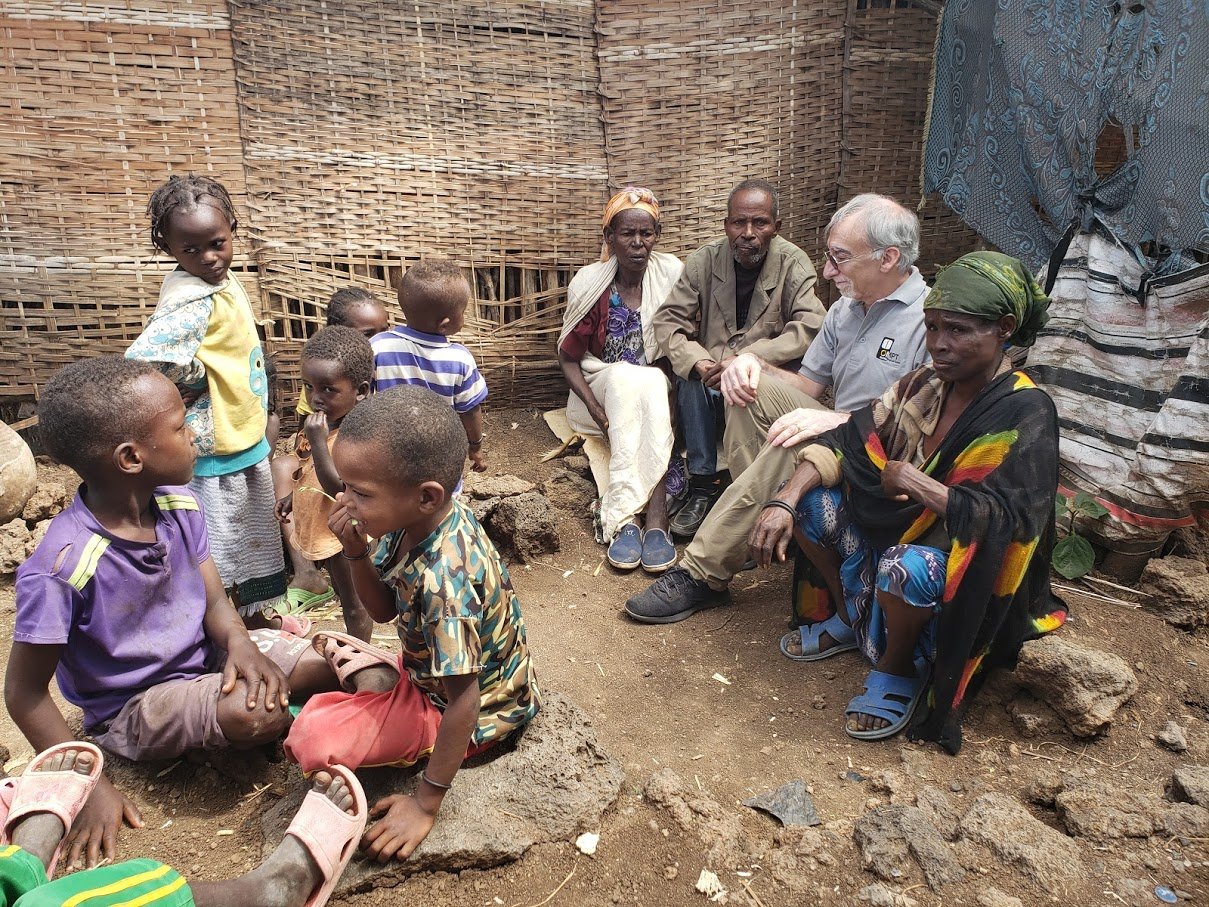
How illuminAid’s Three-part Intervention Makes a Difference
By focusing on the three key aspects of development - education, resources, and empowerment, IlluminAid is driving significant changes in impoverished communities worldwide.

What’s in the illuminAid kit?
Discover how illuminAid is revolutionizing education in the world's most impoverished regions with our innovative video technology kits, powering positive social evolution through the barriers of electricity, literacy, geography, and more.

Q&A: Pathfinder’s use of ICT4D in Mozambique
Empowering communities through locally-created videos, illuminAid's Video Education Workshop in Mozambique fostered change by supporting Pathfinder International's efforts to address child marriage and gender-based violence. Jose Mpingo, a dedicated participant, highlights the powerful impact of these videos in changing beliefs and attitudes in Cabo Delgado province.

Window to Tomorrow
When we work in the field, one of the most amazing things for us to observe is when our beneficiary population gets a chance to see a video for the first time.

Nigeria’s Success as the Last Country in Africa Declared “Wild Polio Free”
Public Health Professional Rohey Njie explains what it is really like to eradicate polio in Northern Nigeria

Learning to Scuba Dive? Get a Teacher Who Can Swim
To decide to change your behavior or learn something new, you have to trust the source of your information. If you wanted to learn how to bake, you’d look for a reputable cookbook or expert chef. Want to take up scuba diving? You’d take a class with somebody who wouldn’t let you drown.

What is Social and Behavior Change Communication?
Social and Behavior Change Communication (SBCC) can be broadly defined as the attempt to change a population’s behavior by influencing its knowledge, attitudes, and social norms via a singular or variety of communication techniques. This article explores the history of SBCC and discusses OMPT’s implementation of proven SBCC methodology.

A Brief Look at Ethiopia: Part 2
Ethiopia is one of the world's least developed countries and has encountered food insecurity for its population routinely. The government and numerous NGOs have attempted to eradicate hunger through government programs and land cultivation. In July 2019, OMPT is teaming up with Arba Minch University in southern Ethiopia to teach Ph.D. students how to create videos aimed at improving mother and infant nutrition.

Why You Should Use Video for Your Next Communication Project
One of the greatest things about video is that it’s really versatile. You can use the same camera to film a variety of content. One day, you could make a video about pizza. The next day, you could film a wedding, or you could capture a new band’s first gig. You have the freedom to capture what you want.

What Do Pesticides, Latrines and Teachers All Have in Common?
Video is so effective for behavior change that it can be used for nearly any discipline such as health, agriculture, education and civic engagement. To put it in the words of our Program Manager, Kristin, “essentially if there is a behavior change component, then video can be integrated.” At OMPT we have worked with partner organizations across a variety of sectors and have witnessed positive change with lasting results. Let’s take a look at some specific examples:
